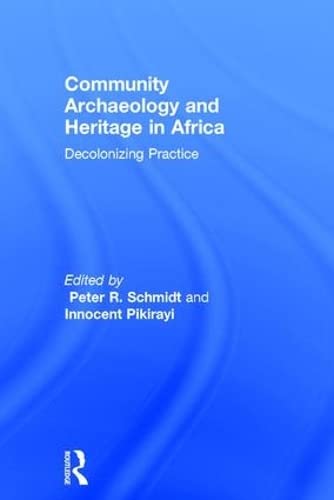

Most ebook files are in PDF format, so you can easily read them using various software such as Foxit Reader or directly on the Google Chrome browser.
Some ebook files are released by publishers in other formats such as .awz, .mobi, .epub, .fb2, etc. You may need to install specific software to read these formats on mobile/PC, such as Calibre.
Please read the tutorial at this link: https://ebookbell.com/faq
We offer FREE conversion to the popular formats you request; however, this may take some time. Therefore, right after payment, please email us, and we will try to provide the service as quickly as possible.
For some exceptional file formats or broken links (if any), please refrain from opening any disputes. Instead, email us first, and we will try to assist within a maximum of 6 hours.
EbookBell Team

4.1
40 reviewsThis volume provides new insights into the distinctive contributions that community archaeology and heritage make to the decolonization of archaeological practice. Using innovative approaches, the contributors explore important initiatives which have protected and revitalized local heritage, initiatives that involved archaeologists as co-producers rather than leaders. These case studies underline the need completely reshape archaeological practice, engaging local and indigenous communities in regular dialogue and recognizing their distinctive needs, in order to break away from the top-down power relationships that have previously characterized archaeology in Africa.
Community Archaeology and Heritage in Africareflects a determined effort to change how archaeology is taught to future generations. Through community-based participatory approaches, archaeologists and heritage professionals can benefit from shared resources and local knowledge; and by sharing decision-making with members of local communities, archaeological inquiry can enhance their way of life, ameliorate their human rights concerns, and meet their daily needs to build better futures. Exchanging traditional power structures for research design and implementation, the examples outlined in this volume demonstrate the discipline’s exciting capacity to move forward to achieve its potential as a broader, more accessible, and more inclusive field.